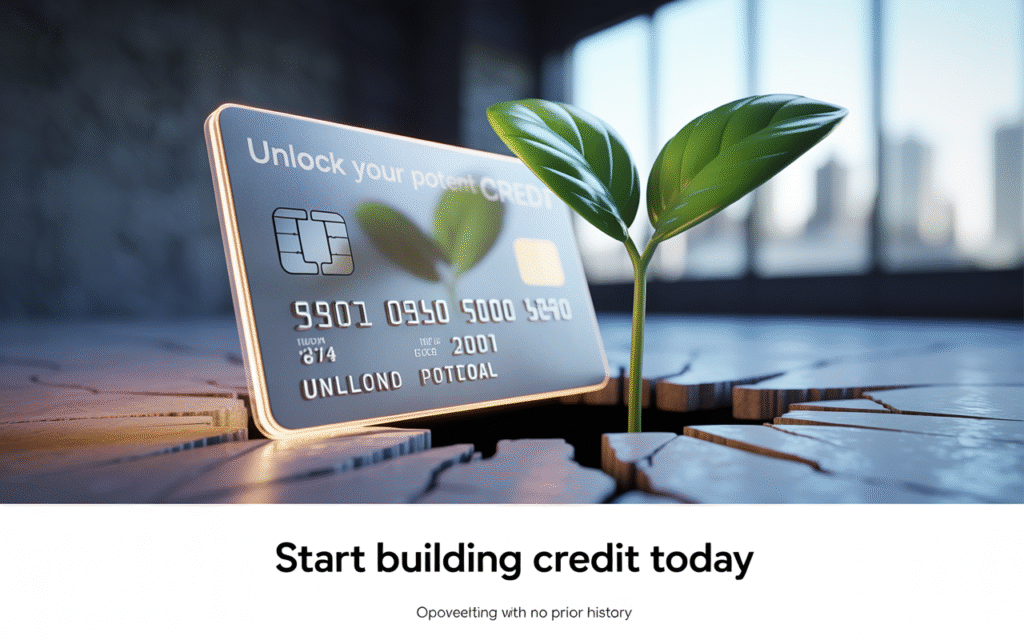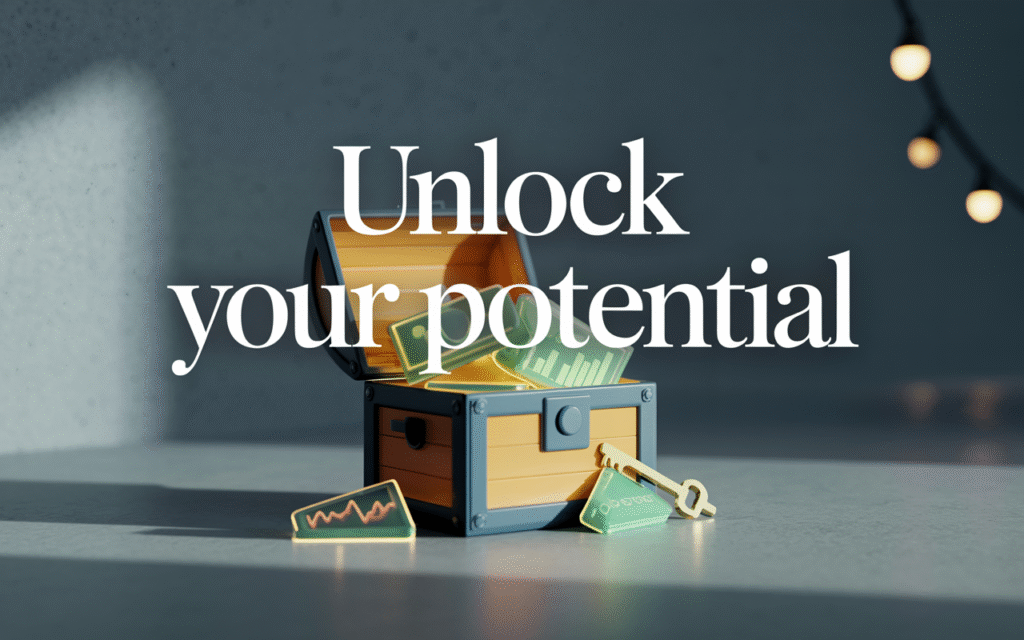
Let’s just start by saying this: if you’re feeling a little lost trying to get your first credit card without any credit history—I hear you. I’ve been there. And yeah, it’s frustrating. Like, how are you supposed to build credit if you need credit to get credit? It feels like some kind of weird financial chicken-and-egg situation.
But here’s the good news: you’re not stuck. Getting a credit card with no credit history is possible—you just need to take a few smart steps and be a little patient.
This isn’t gonna be one of those fancy finance blogs that throws a bunch of technical terms at you. Think of this as a conversation over coffee with someone who’s been through it and just wants to help you figure it out.
Why It’s So Hard to Start
Okay, so here’s the thing: banks and credit card companies don’t really know you when you don’t have a credit history. You could be super responsible, always pay your bills, maybe even help your family manage money—but if they can’t see any “proof” on paper, they won’t trust you right away.
That sucks. But it’s not personal. They just don’t want to take the risk. Luckily, there are ways to show them you are worth trusting.
Step 1: Consider a Secured Credit Card
If you’re totally new to this world, a secured credit card might be your best friend.
Basically, you give the bank a deposit—let’s say $200—and that becomes your credit limit. You use the card just like any other credit card, but if you don’t pay it off, the bank keeps your deposit.
👉 Ojo con esto: this isn’t free money. That deposit is just security for the bank. But the good part? If you use the card responsibly (pay on time, don’t max it out), you start building your credit score. Fast.
Some good secured cards in the U.S. right now include:
- Discover it® Secured Credit Card – No annual fee and they actually give you rewards (which is rare for secured cards).
- Capital One Platinum Secured – They might let you start with a deposit as low as $49 depending on your situation.
I had a buddy, Chris, who was fresh out of college with zero credit. He got the Discover secured card, used it for gas and groceries, paid it off every month. In less than a year, his credit score jumped over 100 points. No joke.
Step 2: Become an Authorized User (If You Can)
This one helped me a lot. If someone in your life—like a parent, sibling, or really close friend—has a credit card in good standing, they can add you as an authorized user.
You don’t even have to use the card. Their good behavior (on-time payments, low balance) shows up on your credit report. It’s like piggybacking on their success.
⚠️ Te lo digo por experiencia: make sure the person you ask is responsible with money. If they miss payments or max out their card, it could actually hurt your score instead of helping it.
Step 3: Look into Student Credit Cards or “Beginner” Cards
If you’re a college student, you’ve got some solid options too. Banks love students (probably because they know you’ll be borrowing for the next 20 years… kidding… sort of).
Cards like the Discover it® Student Cash Back or the Chase Freedom® Student are made specifically for people with little or no credit history. They usually don’t require a co-signer and often come with perks like cashback or even little rewards for good grades.
Even if you’re not in school, some beginner cards—like Petal® 1 or Capital One Platinum—are designed for folks with “thin” credit files.
Step 4: Keep It Simple, Keep It Smart
Once you get approved for a card, that’s just the beginning. The way you use it matters a lot. Here are a few tips I wish someone had hammered into my head earlier:
- Use it, but not too much. Try to keep your balance below 30% of your limit. So if your limit is $200, don’t spend more than $60 if you can help it.
- Always pay on time. Even if it’s just the minimum. Late payments can tank your score fast.
- Avoid carrying a balance. Interest adds up so fast. Pay off your card in full every month if you can.
- Set up autopay or reminders. Trust me, life gets busy. Let your phone or your bank help you stay on track.

A Real Example: How My Cousin Built Credit from Scratch
So, my cousin Julia moved to the U.S. a few years ago. No credit, no job at first, just starting from zero. She put down $300 for a secured card, used it to pay her cell phone bill and groceries, and paid it off every month.
She also became an authorized user on her aunt’s card (who had excellent credit). In about 10 months, Julia had a credit score in the 700s. That helped her rent an apartment without a co-signer and eventually buy her first car without crazy interest rates.
Building credit isn’t about doing something flashy—it’s about showing consistency and responsibility.
Tools That Can Help You Stay on Top
- Credit Karma (free app to track your score)
- Experian Boost (adds utility and streaming payments to your credit file)
- Mint or YNAB (for budgeting)
- Books: If you want something easy to read, check out “I Will Teach You to Be Rich” by Ramit Sethi—it’s a little bold but super practical.
Final Thoughts: You’re Not Behind—You’re Just Starting
I know it can feel like everyone else already has this figured out, but trust me—they don’t. A lot of people mess up their credit young because no one teaches us this stuff in school. The fact that you’re here, trying to learn and do things right? That’s huge.
You don’t need a perfect plan. You just need to start smart, be consistent, and give it time. The credit world rewards people who play the long game.
So go ahead, apply for that first card—even if it’s secured. Use it like a tool, not a crutch. In a year or two, you’ll be glad you started now.
And hey, if you need help reading the fine print or figuring out which card fits your life, just ask. I’ve read through a lot of terms and conditions so you don’t have to 😉
